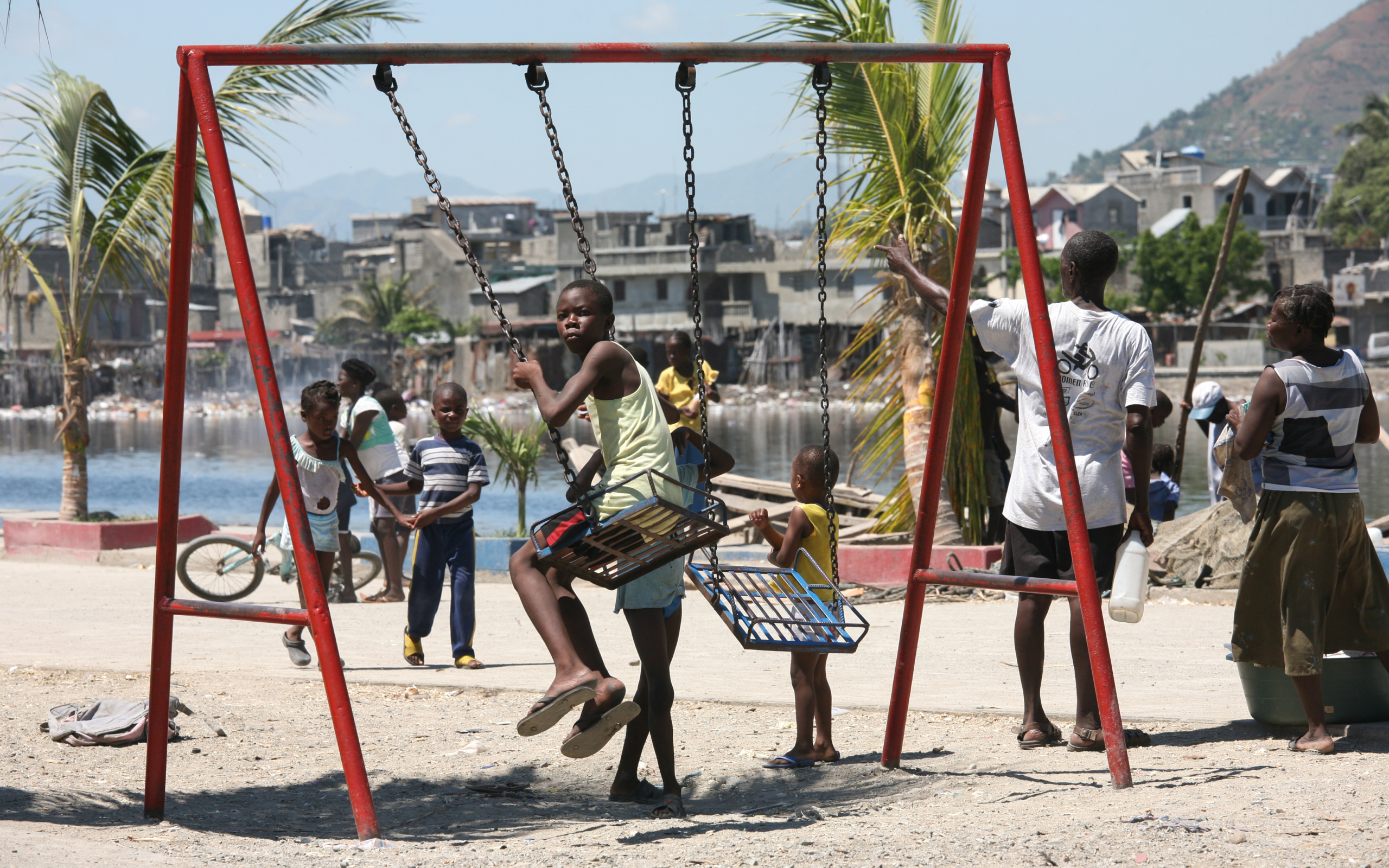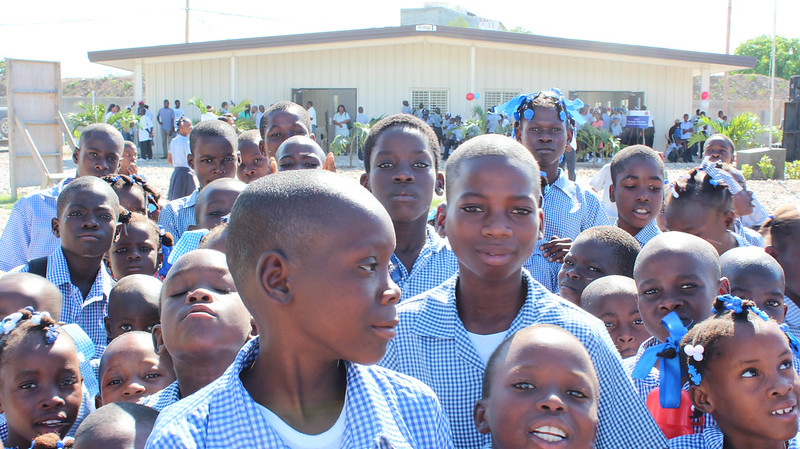 Education in Haiti has faced significant challenges in recent years, from socio-economic issues to natural disasters, leaving the education system struggling to keep pace. Statistics reveal that more than 78% of students drop out after primary school and more than 40% of the population is illiterate. Most schools in Haiti are private and charge tuition, making education inaccessible for many. Only 29% of students advance to secondary school and the average age for girls dropping out is 7 years old. However, there is a positive shift occurring. Several charities have introduced education programs in Haiti that are transforming the educational landscape. Here are some innovative education programs in Haiti that have made a considerable impact.
Education in Haiti has faced significant challenges in recent years, from socio-economic issues to natural disasters, leaving the education system struggling to keep pace. Statistics reveal that more than 78% of students drop out after primary school and more than 40% of the population is illiterate. Most schools in Haiti are private and charge tuition, making education inaccessible for many. Only 29% of students advance to secondary school and the average age for girls dropping out is 7 years old. However, there is a positive shift occurring. Several charities have introduced education programs in Haiti that are transforming the educational landscape. Here are some innovative education programs in Haiti that have made a considerable impact.
Locally Haiti
Locally Haiti is a charity centered on community-driven, locally-led volunteer work in the Nippes region of Haiti. It manages several impactful projects, including hospitals, agriculture and women’s empowerment. A flagship educational program of the charity is St. Paul’s School, founded in 1989, which has educated more than 5,000 students from pre-K through high school. The curriculum includes basic academic subjects and emphasizes agricultural education in areas such as botany and horticulture.
Entrepreneurship also plays a critical role in the curriculum. Professor Vladimy, a St. Paul’s alum, teaches courses in business and economics, equipping students with a comprehensive education that prepares them for various career paths. St. Paul’s enrolls more than 54% female students, reflecting the school’s commitment to providing a safe and supportive environment for all attendees. Locally Haiti has awarded scholarships for higher education to more than 25 students and built a school facility that doubles as a relief center and community hub, further fostering a strong connection between students and their local community.
Blue Butterfly
Blue Butterfly is an innovative charity that creates engaging and informative media programs for schools in developing countries. It blends local culture and traditions with professional consulting to produce videos tailored to the needs and interests of children. The organization produces content locally, enabling children to use their mother tongue and connect with cultural figures familiar to them. Not only is the content rigorously researched, but it is also widely distributed to reach as many children as possible.
A notable educational program from Blue Butterfly in Haiti is the video series “Lakou Kajou,” which follows a brother and sister experiencing adventures around their family’s courtyard. This program includes episodes on math, science, literacy and problem-solving. The episodes, which feature animation, Haitian fables, live-action documentaries and artwork by local Haitian artists, are designed to be accessible. Blue Butterfly also partners with Université Quisqueya in Port-au-Prince, which helps extend the charity’s reach to schools in areas with limited internet and electricity.
Summits Education
Summits Education is a charity that supports schools in remote parts of Haiti. Established in 2015, the organization is dedicated to transforming education through teacher development and community engagement. In Haiti’s Central Department, where literacy rates are particularly low, the charity operates 40 schools in an area predominantly inhabited by farmers earning around $2 a day. For many residents, education represents a pathway out of poverty, enhancing community life, health and gender equality.
Summits Education emphasizes the crucial role of teachers in education. Instead of primarily investing in buildings and supplies and allocating leftover funds for teachers, the charity prioritizes its spending on educators. It adopts a ‘whole child approach,’ ensuring every child feels supported in their environment. This approach includes intensive training for the teachers and principals of their schools. Summits Education collaborates with the Haitian Ministry of Education and together they have trained 350 administrators and educated 10,000 students, to improve education programs in Haiti.
Model School Network
In 2016, the Model School Network was established to create a sustainable solution to the problem of underperforming schools in Haiti. Furthermore, three years earlier, education representatives in Haiti had convened three networks—EFACAP-Mirebalais, BDE-Hinche and Summits Education—to develop a strategy for improving the country’s educational system. These networks formed the Model School Network.
A key initiative of this network is the Longitudinal Benchmarking and Evaluation Systems (LBES), which aims to establish a data management system to monitor and enhance learning outcomes. The project has built a skilled team of managers and field agents who collect, process and analyze data on learning outcomes. It focuses on outcome-based measures to guide educational decisions and boost student performance. By gathering this data, the Model School Network can set precise future goals. Ongoing data analysis enables accurate progress evaluation, leading to data-driven decision-making and robust long-term solutions. The mission of MSE is straightforward: to recognize the potential of children and support it fully. “As long as we all come together and commit to helping one another look in all the right directions, we will find all the answers.”
The Haiti Project
The Haiti Project is a nonprofit organization that collaborates with students from Vassar College to support six primary initiatives: Art, Education, Water Access and Purification, Reforestation and Women’s Cooperative. Based in Chermaitre, Haiti, its education program enables 250 children to access primary education and provides scholarships for 10-20 students to pursue further education. These scholarships cover food, books, housing and enrollment fees, crucial support since the nearest secondary school is a four-hour journey from the village.
This initiative began as an effort to enhance the lunch program at École St. Paul. Additionally, The Haiti Project is launching an Adult Education program proposed by the Women’s Committee. The aim is to improve adult literacy and math skills to help start small businesses or pursue further education. Beyond these, the charity is developing a range of other programs including anti-trafficking classes, a breakfast program, a summer program, a medical fund, health and sexual education and a textbook-lending library.
Looking Forward
Education in Haiti has faced significant challenges. Despite the ongoing difficulties, several organizations have implemented innovative education programs in Haiti that are making a substantial impact on the country’s educational landscape. These ongoing initiatives, ranging from locally-led schools to digital learning resources, are providing critical support to students and teachers, helping to improve educational outcomes and offering hope for a brighter future in Haiti.
– Sofia Hattiangadi
Sofia is based in New York City, NY, USA and focuses on Good News for The Borgen Project.
Photo: Flickr
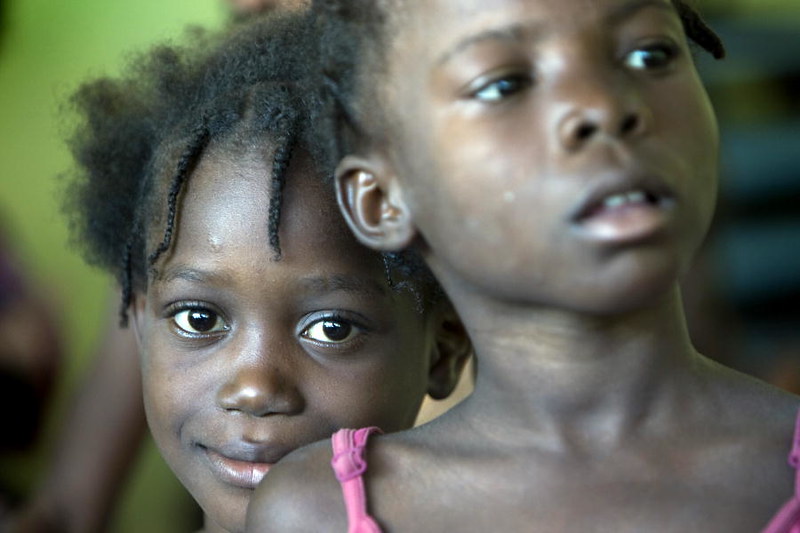
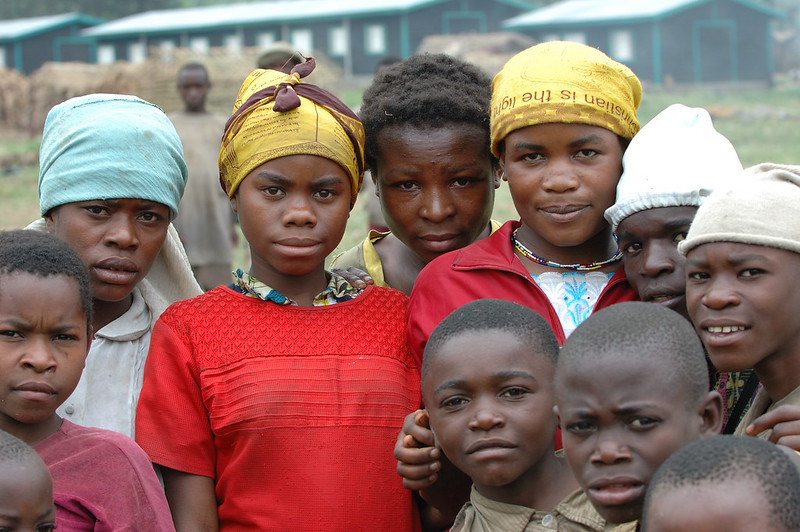 The Democratic Republic of Congo (DRC) faces one of the highest extreme poverty rates globally. In 2023, the World Bank estimated that
The Democratic Republic of Congo (DRC) faces one of the highest extreme poverty rates globally. In 2023, the World Bank estimated that 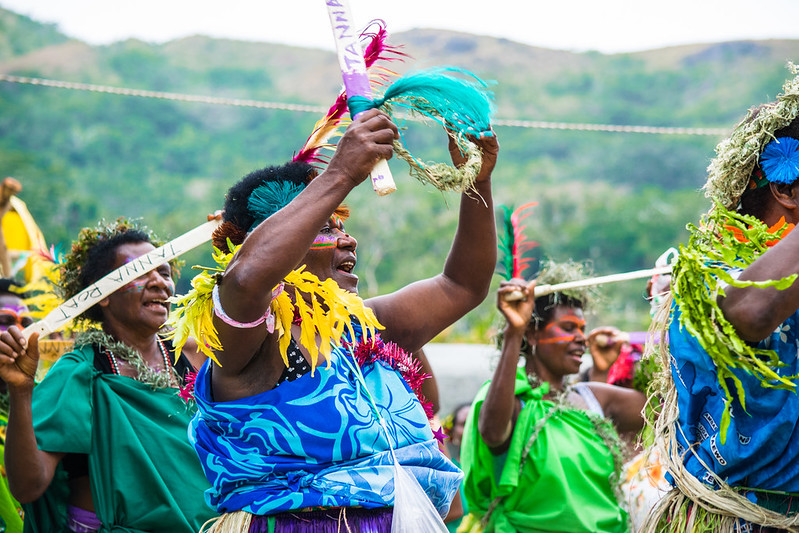
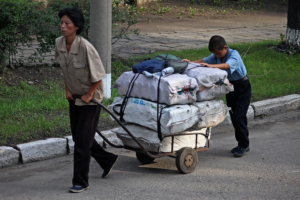 The Democratic People’s Republic of Korea (DPRK), more commonly known as North Korea, is one of
The Democratic People’s Republic of Korea (DPRK), more commonly known as North Korea, is one of 
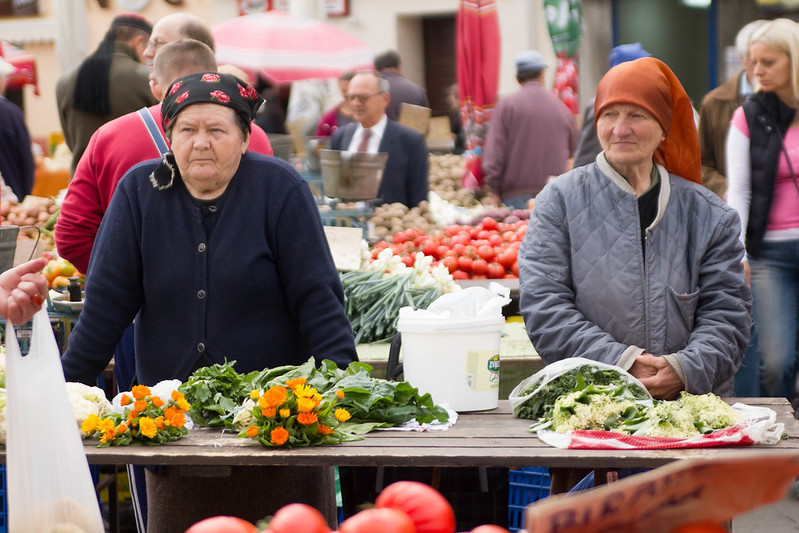

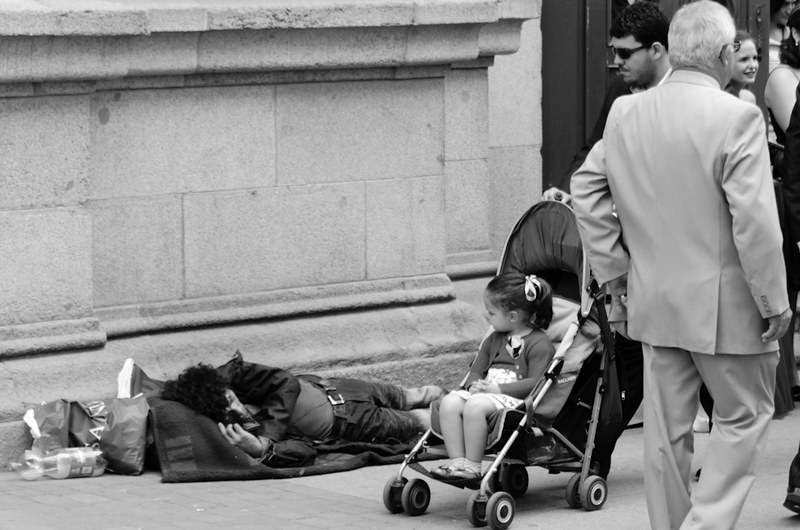 Spain has experienced a
Spain has experienced a 